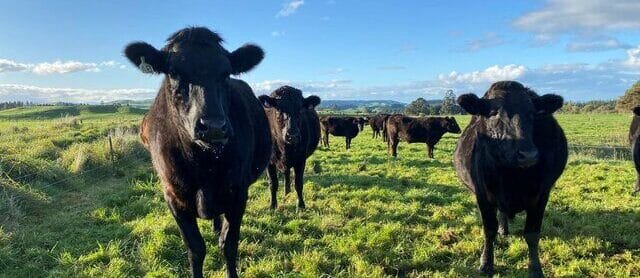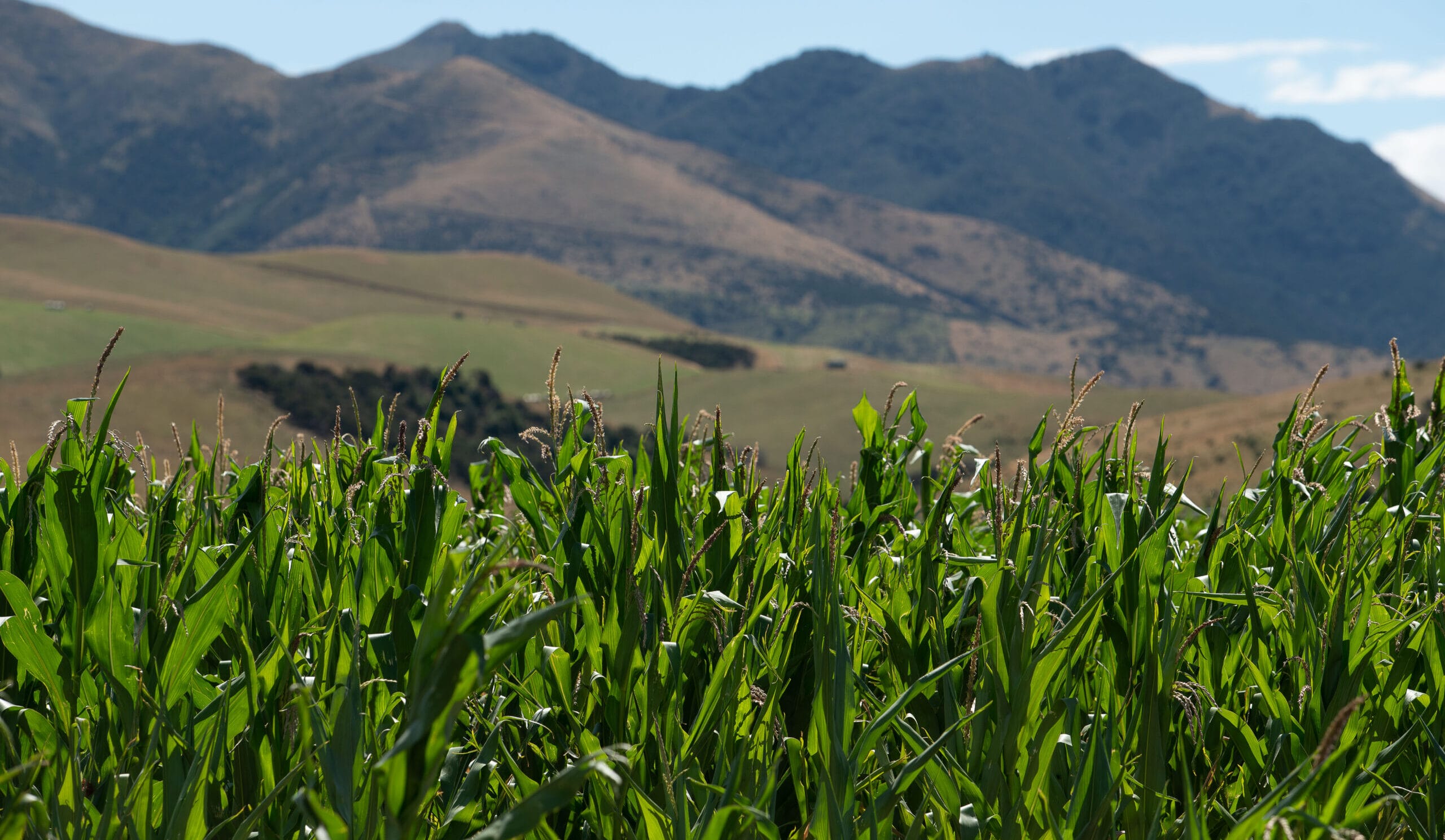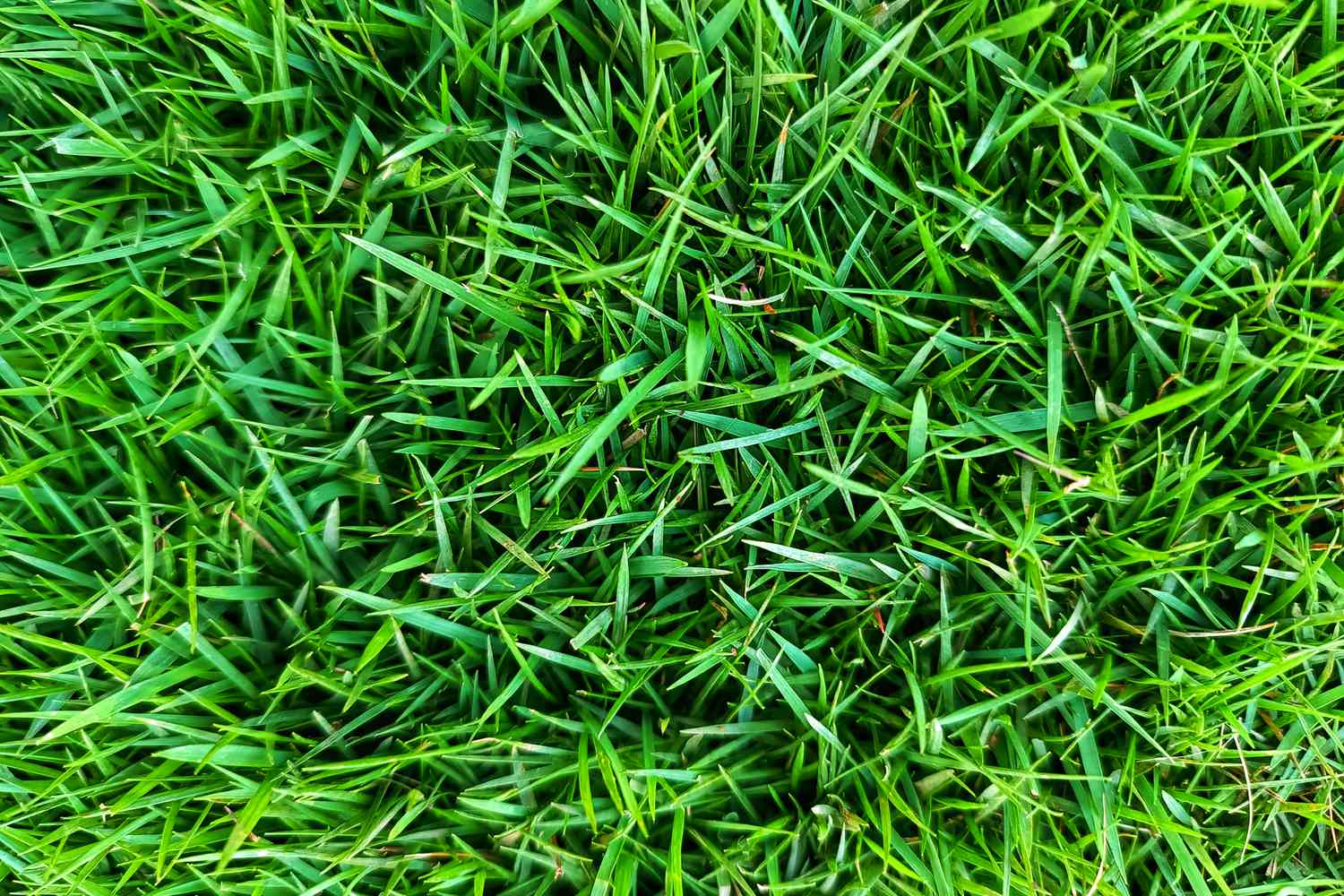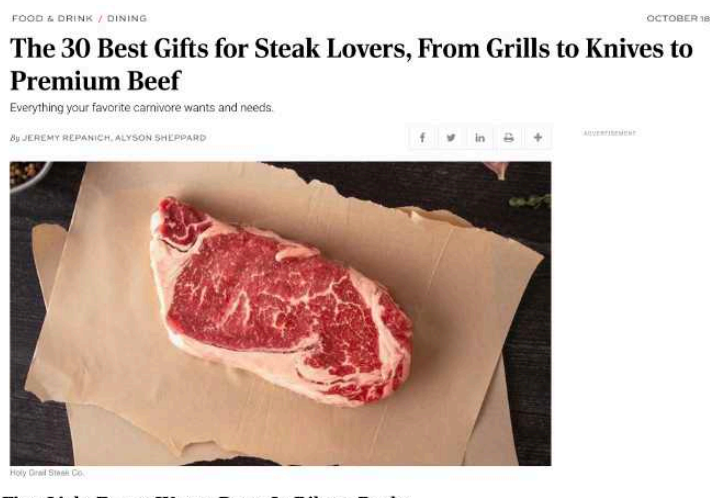Is there an ideal protein to fat ratio?
Dr Mark Roberts, PhD
For many people who choose to feed their dog a diet typically referred to as being “natural” or “instinctive” the removal of processed sources of carbohydrates is one of the major requirements. This is turn, leaves the remaining macronutrients of protein and fat constituting the sources of energy the dog receives. However, one often overlooked aspect of protein and fat, is what, if at all, is the correct ratio to be aimed for.
Protein acting as a source of energy that can be used a dog is often overlooked or not known by many dog owners. To accomplish this, requires glucose to be biosynthesized (made) from certain non-carbohydrate sources, with the usage of certain metabolic pathways1. Specific amino acids (which make up protein) are used for this process to happen. Two of the main amino acids involved in this are serine and alanine2. Nevertheless, using protein as an energy source is not beneficial, due to the macronutrient being needed for many other vital functions, such as enabling chemical messengers and important reactions to occur. Moreover, as muscle tissue consists of protein, breaking it down and for use as energy is detrimental for the animal. To stop this from occurring, dietary protein must be sufficient, to enable its critical functions to occur, while having an adequate intake of fat, to serve as the primary energy source for a dog.
Fat as a source of energy provides significantly more energy (8.5 kcals per gram) compared to protein (3.5 kcals per gram). Although energy from fat is chiefly obtained from the diet of a dog, bodyfat from the animal can also be easily used for energy if needed. When fat is the prominent energy source for a dog, free fatty acids (FFA’s) and glycerol concentrations rise, a result of triglycerides breaking down. This process, consequently, enables both to be used for energy. Additionally, when a dog is using fat as the key energy source, ketones, or ketone bodies are produced, providing an alternative fuel source to glucose for cells in various organs and tissues, including the brain3.
Evidently fat is a more favorable and beneficial source of energy for a dog compared to protein. However, protein intake must also be sufficient to allow for the important outlined roles it performs to occur. Moreover, if too much protein is included in a dog’s diet, the use of fat as the main energy source, and the advantages of producing ketones are diminished. Instead, glucose will be the main energy provider, a result of breaking down amino acids from protein.
So, what ratio of protein and fat, is best to facilitate fat to be used as fuel, whilst also having sufficient protein for a dog? I would recommend a diet which has roughly twice as much energy derived from dietary fat as that from protein. By feeding a diet of this macronutrient composition, will allow for maximal use of fat for fuel. Additionally, although protein constitutes one third of the total energy the animal receives, this is still a significant amount, and if calculated on a dry matter basis, would be described as a very high protein diet.
Finally, the use of carbohydrates within this diet, need not be completely removed. It will however need to be minimum, in the range of 1-3% of total energy. Importantly, the sourcing of these carbohydrates, is recommended to be those rich in fibre, such as green leafy vegetables and certain types of berries. The fibre content of these products is important, helping to minimise the rate that the small amount of sugars (such as fructose) derived from these ingredients, has on blood glucose.
Formulating a diet of this macronutrient composition, whilst not impossible, does require a lot of work, time and effort. However, Firstlight Dog Food, is a product which has already done all the hard work. It has a great macronutrient ratio, allowing a dog to use fat as the main energy source, combined with a high protein content and a minimal inclusion of some beneficial fruits and vegetables. Whether a dog owner decides to make the diet themselves, or feed a commercial diet, such as Firstlight Dog Food, which has the correct amounts of protein, fat and carbohydrate, the dogs will ultimately be the ones who benefit, and that’s what ultimately matters.
References
1. Belo, P. S., Romsos, D. R., & Leveille, G. A. (1977). Influence of diet on lactate, alanine and serine turnover and incorporation into glucose in the dog. The Journal of Nutrition, 107(3), 397-403.
2. Kuttner, R. E., & Spitzer, J. J. (1978). Gluconeogenesis from alanine in endotoxin-treated dogs. Journal of Surgical Research, 25(2), 166-173.
3. Vendramini, T. H., Amaral, A. R., Rentas, M. F., Nogueira, J. P. D. S., Pedrinelli, V., de Oliveira, V. V., … & Brunetto, M. A. (2024). Ketogenic diets: A systematic review of current scientific evidence and possible applicability in dogs and cats. Journal of Animal Physiology and Animal Nutrition, 108(2), 541-556.











